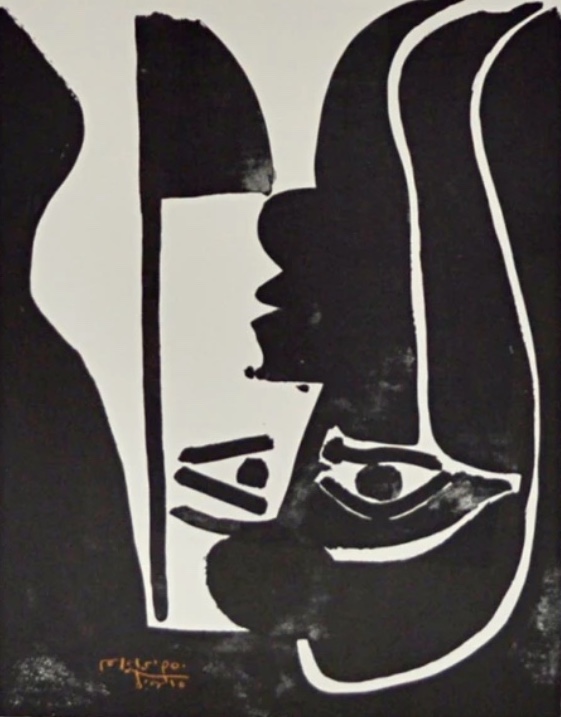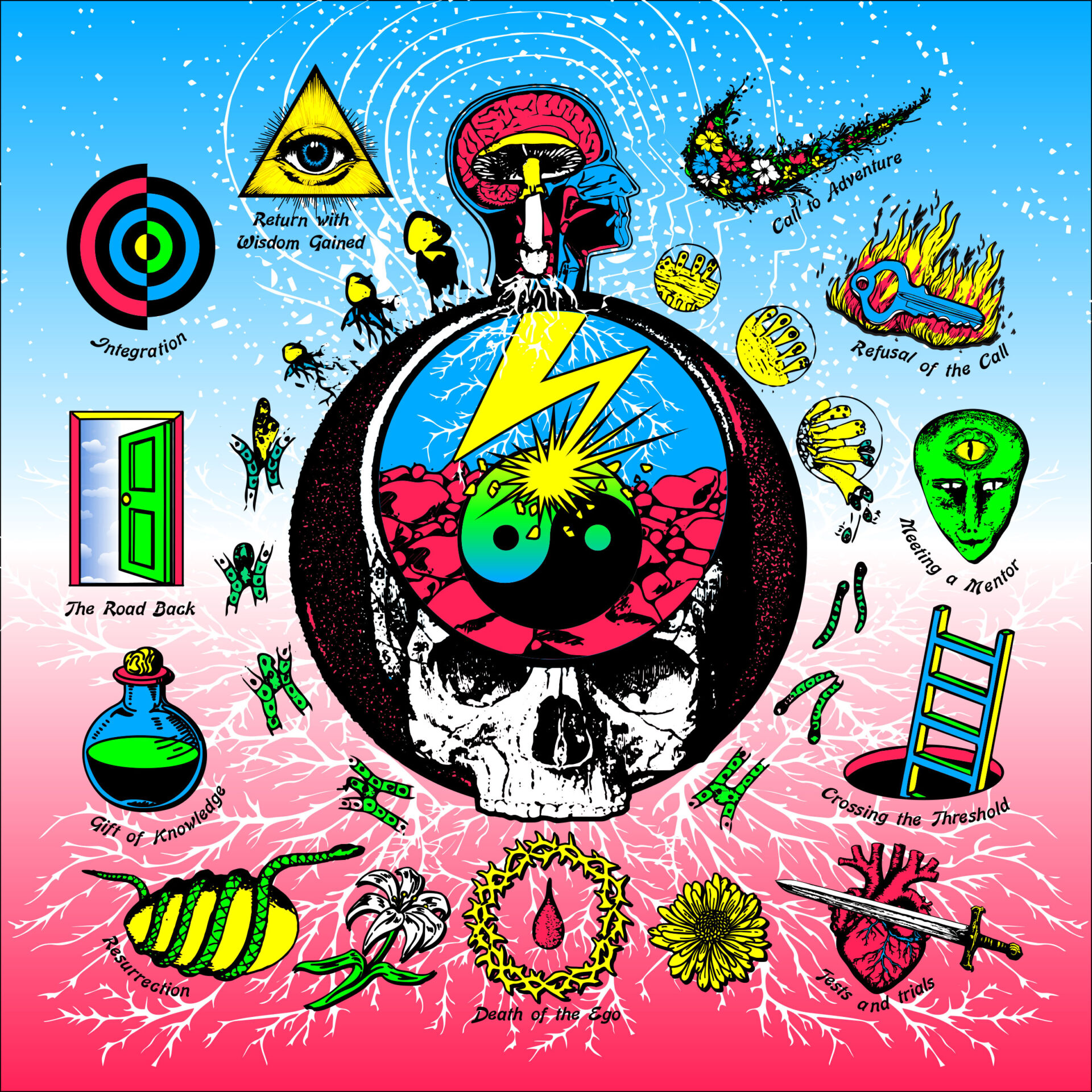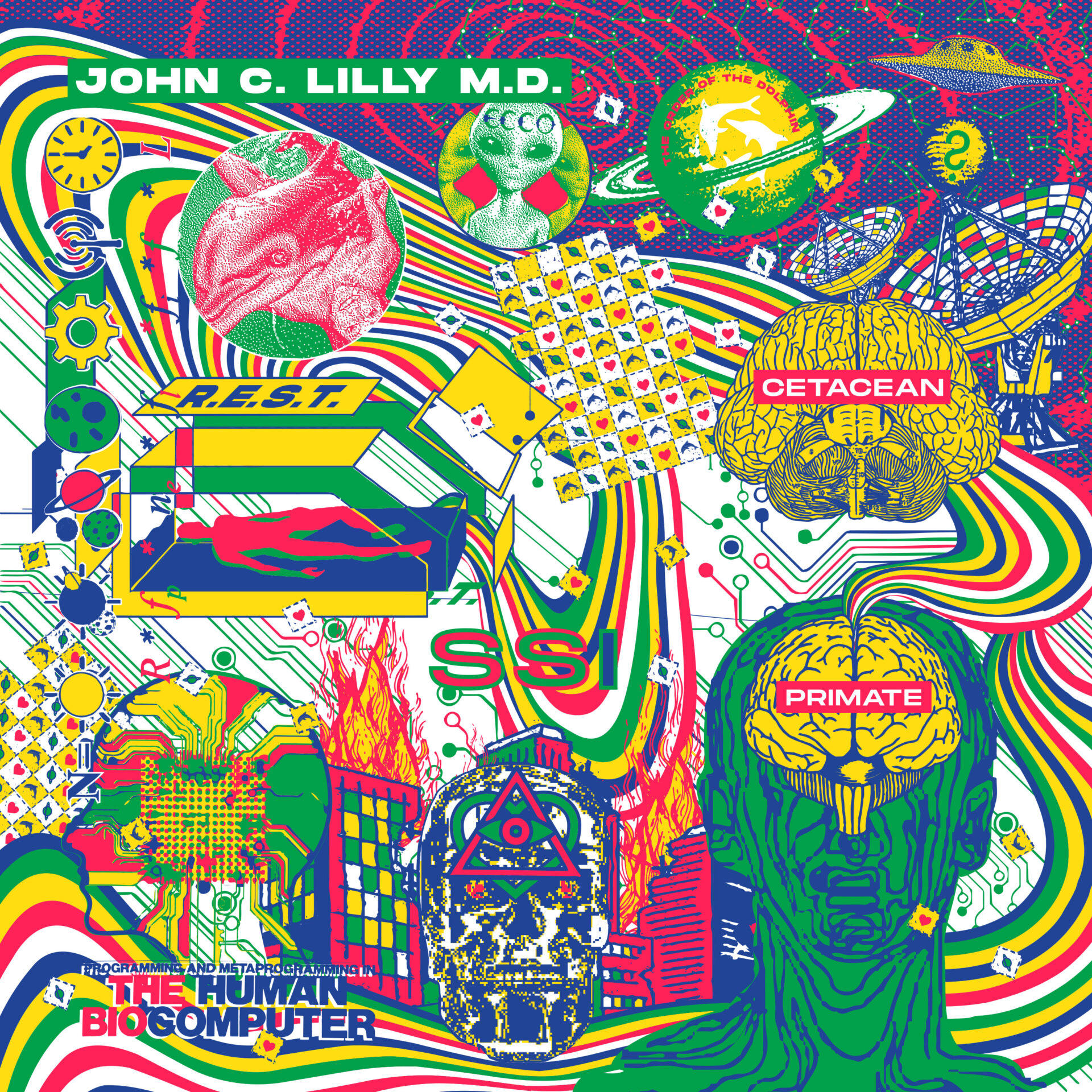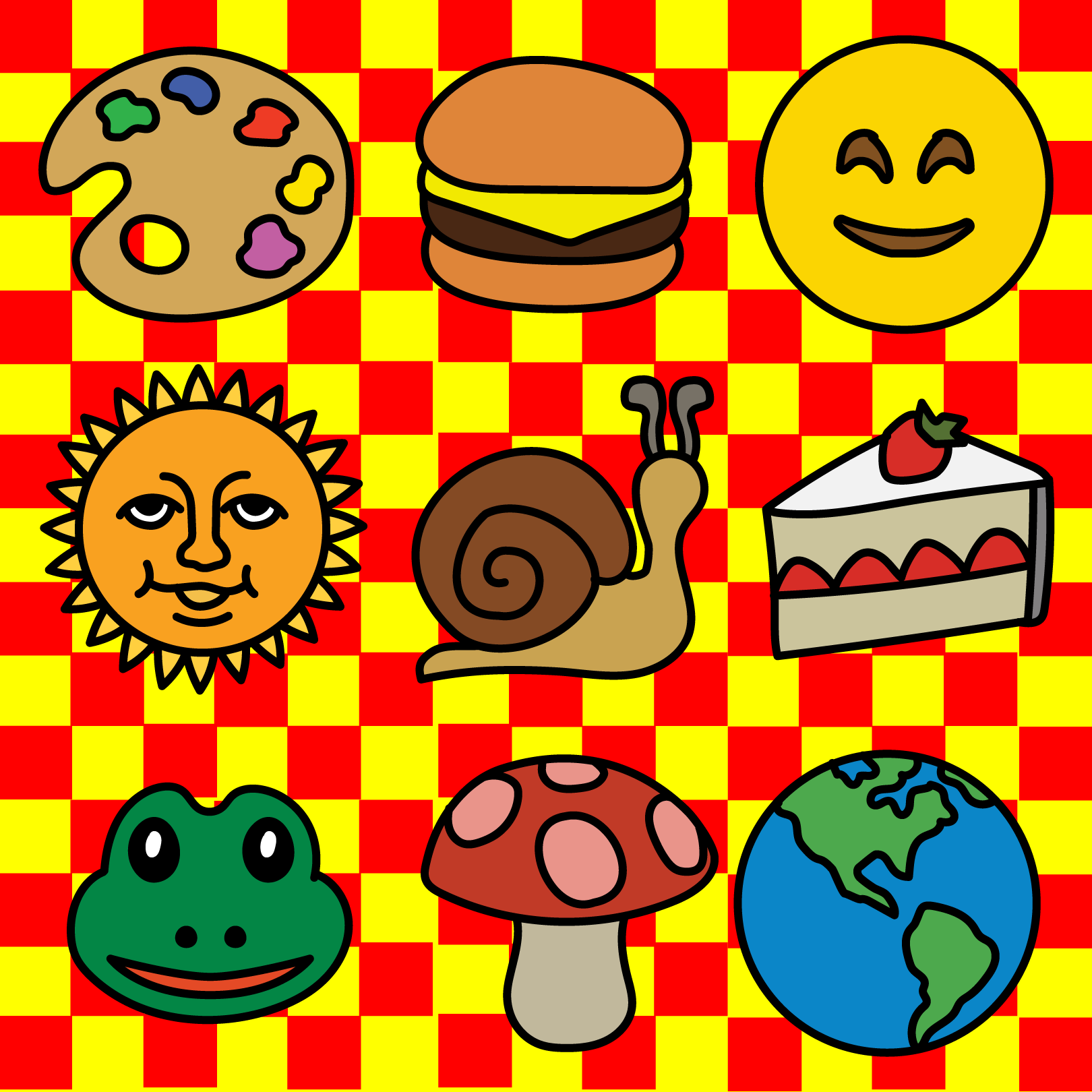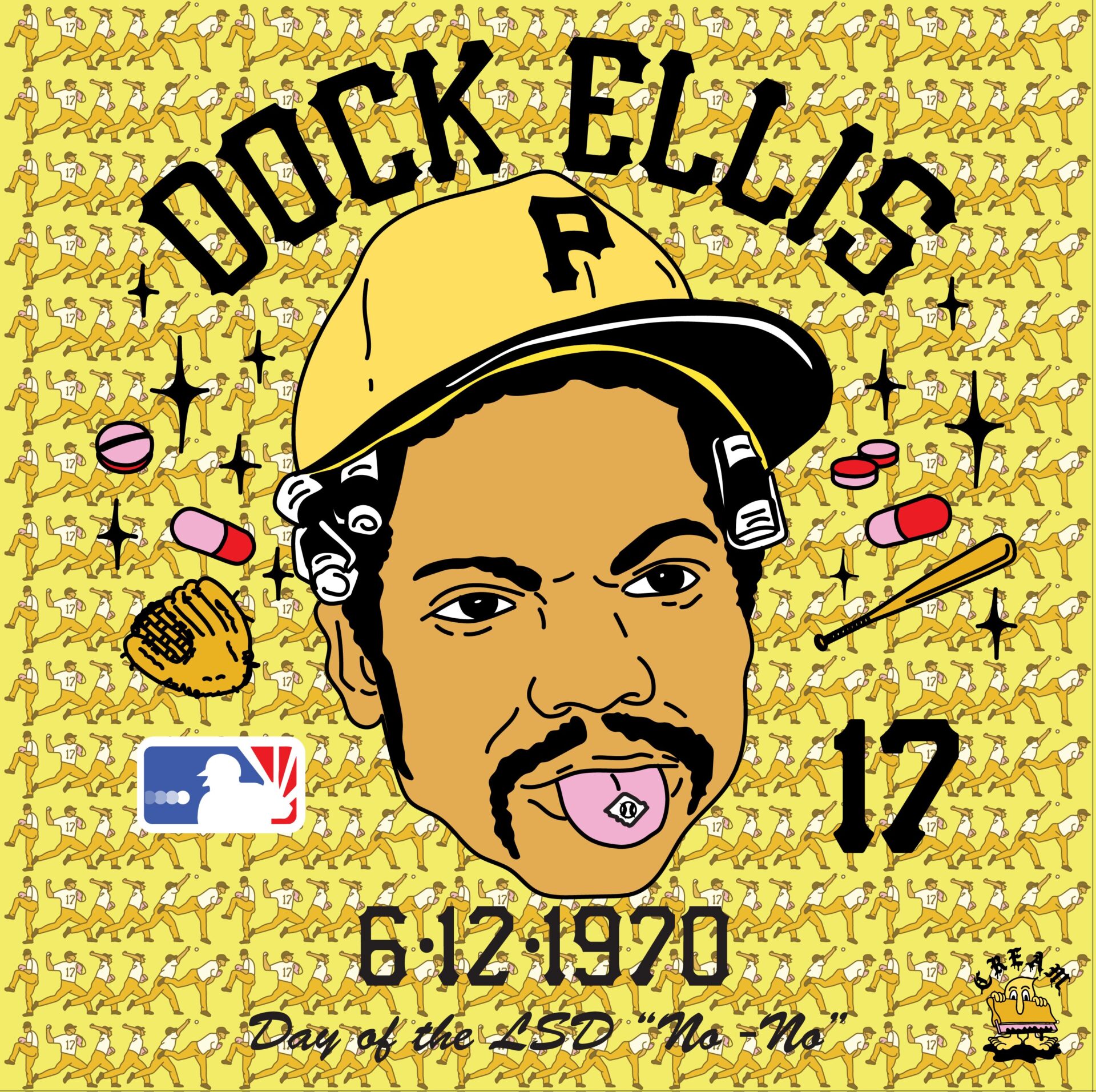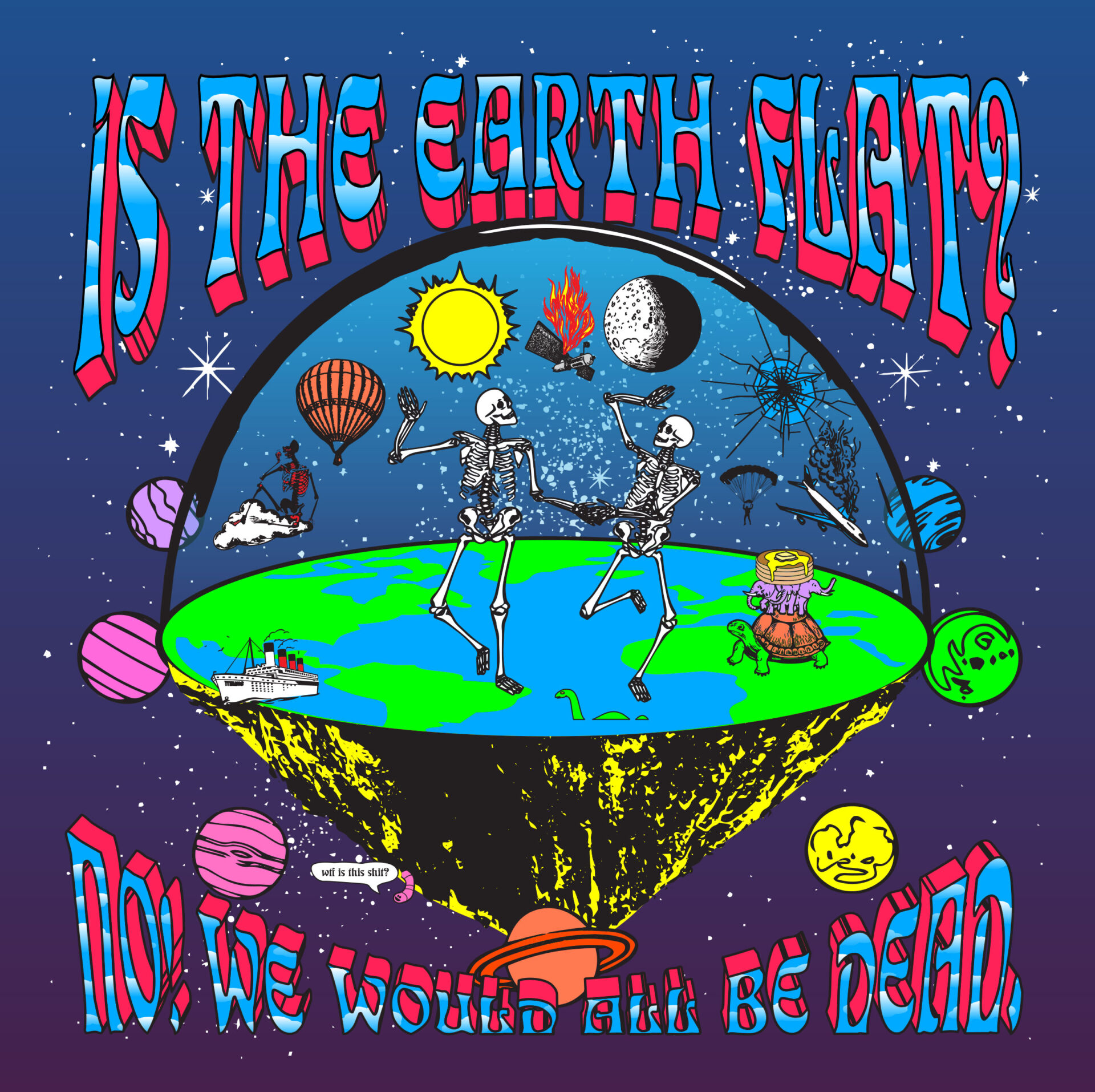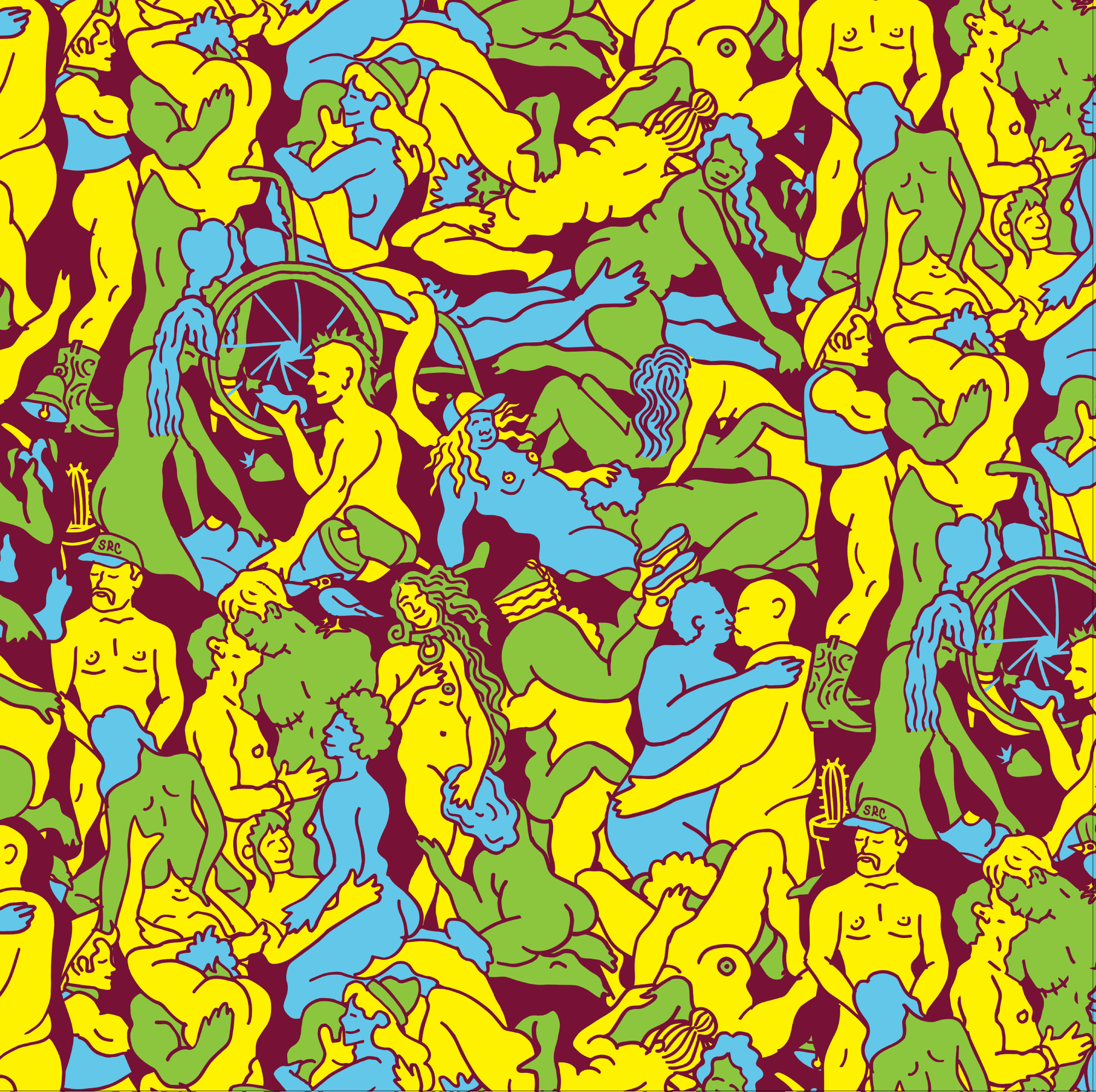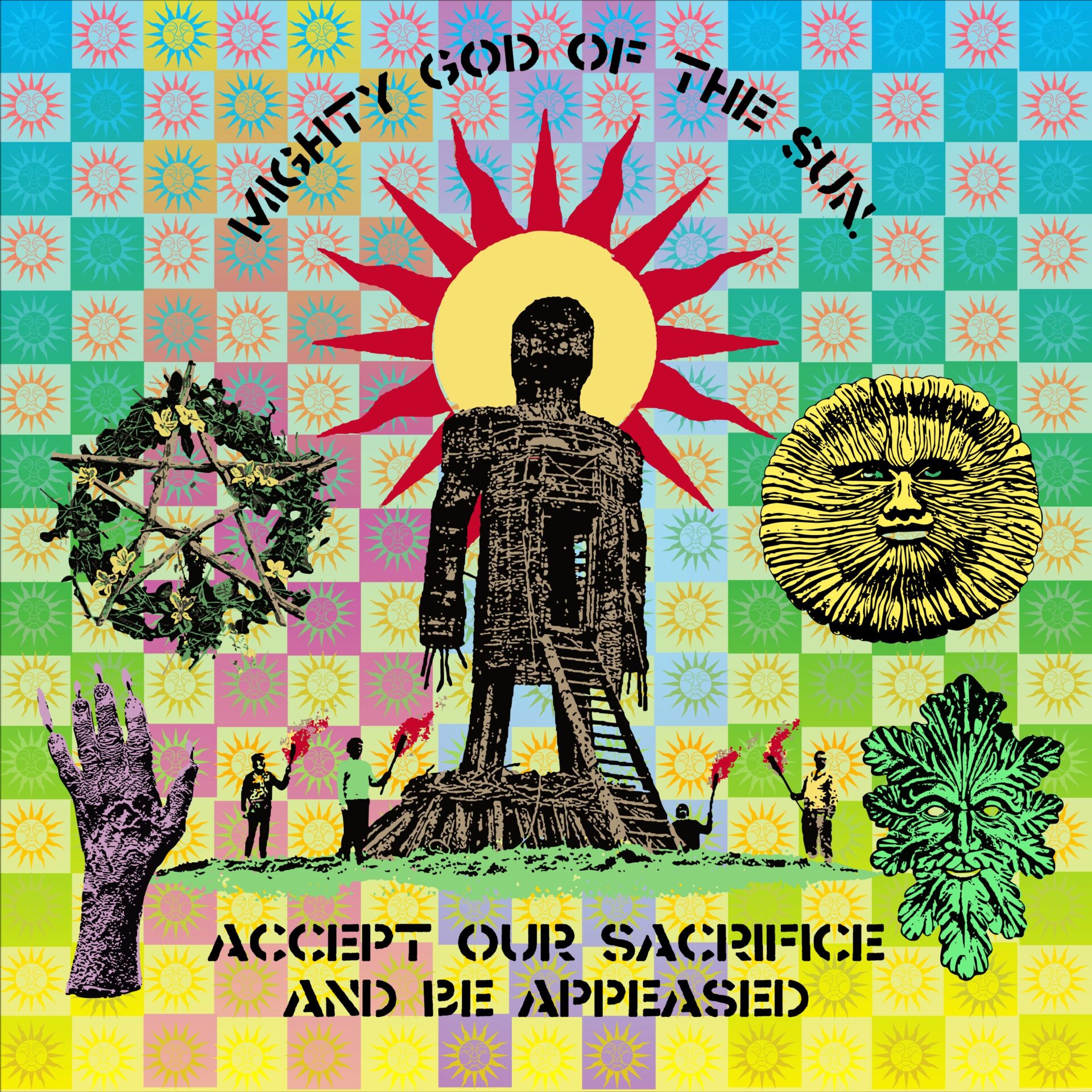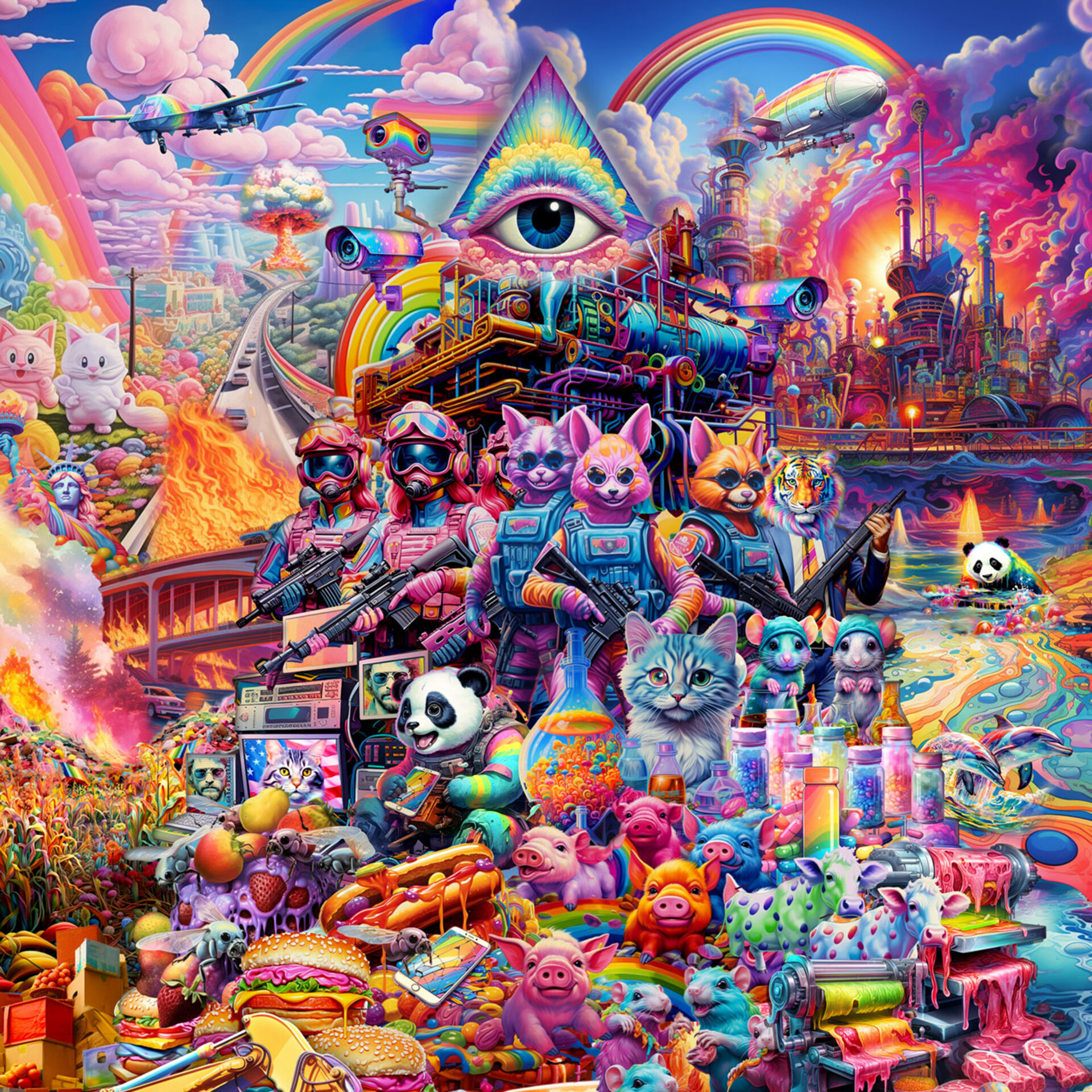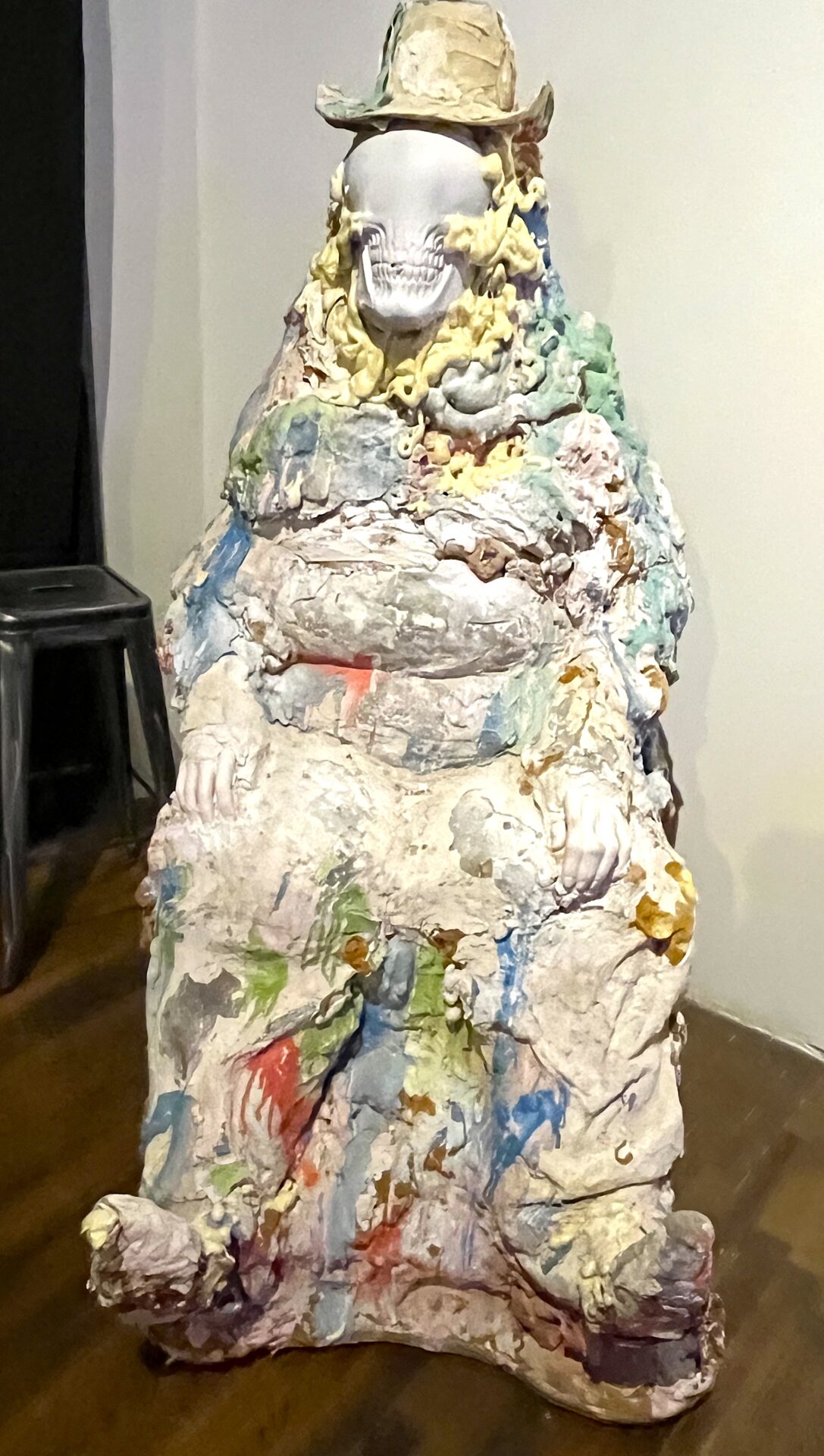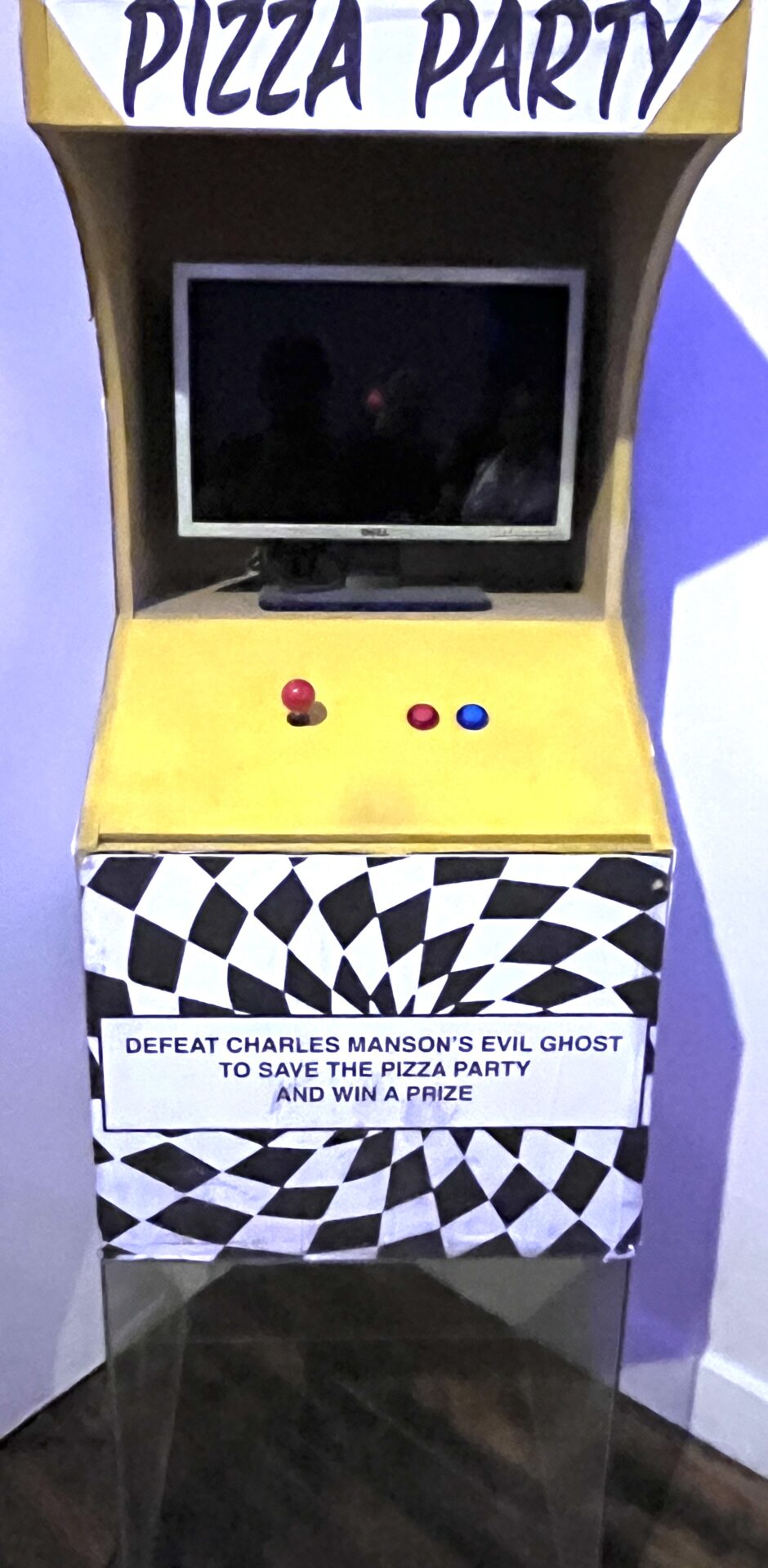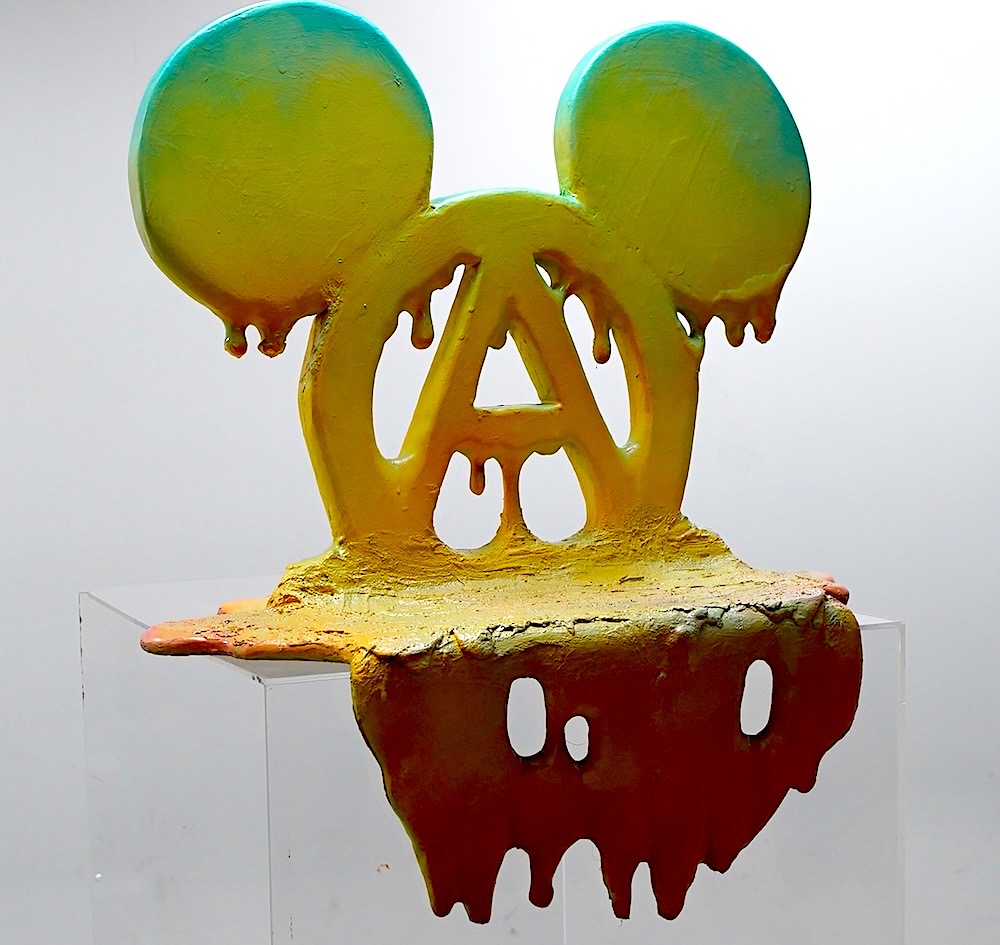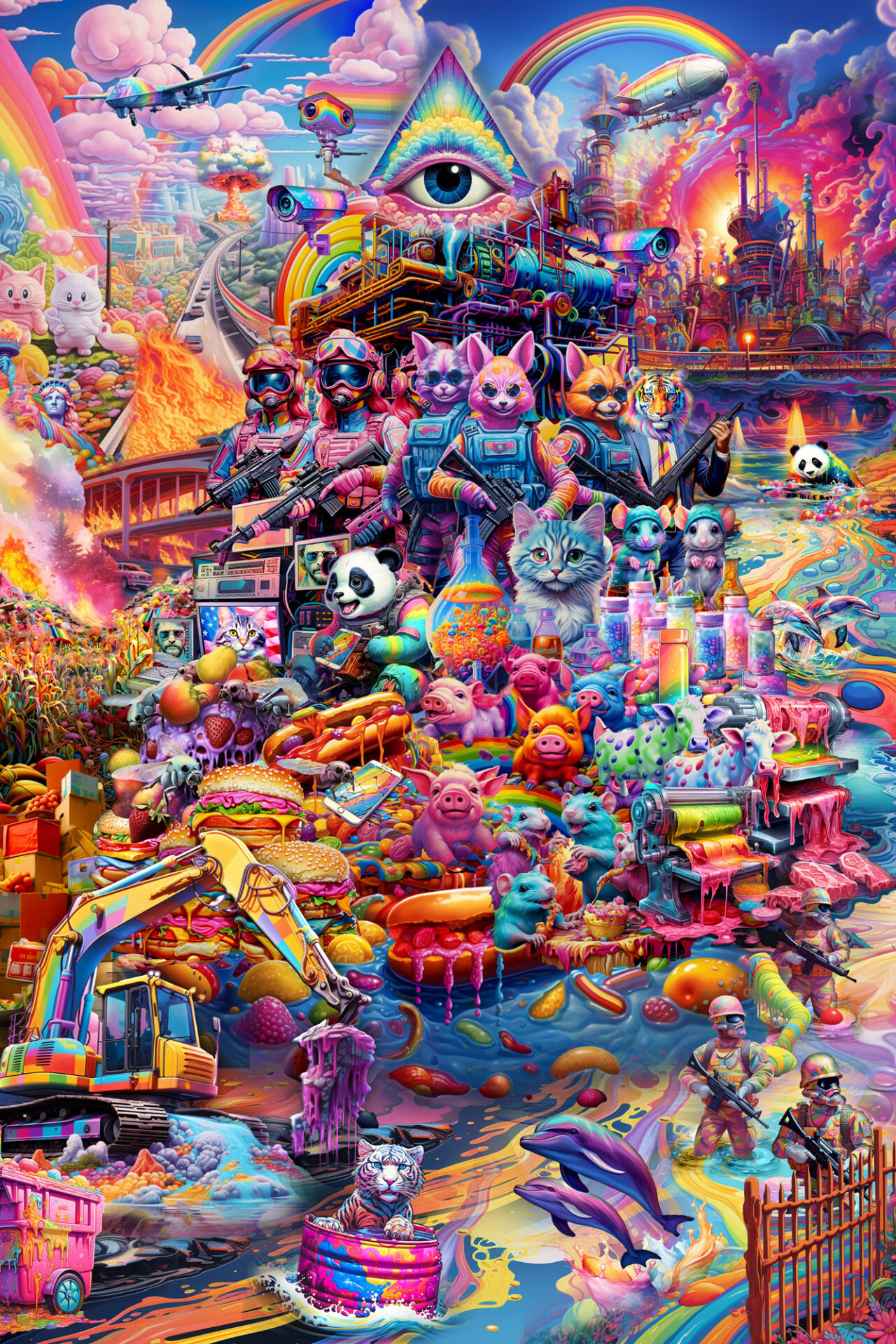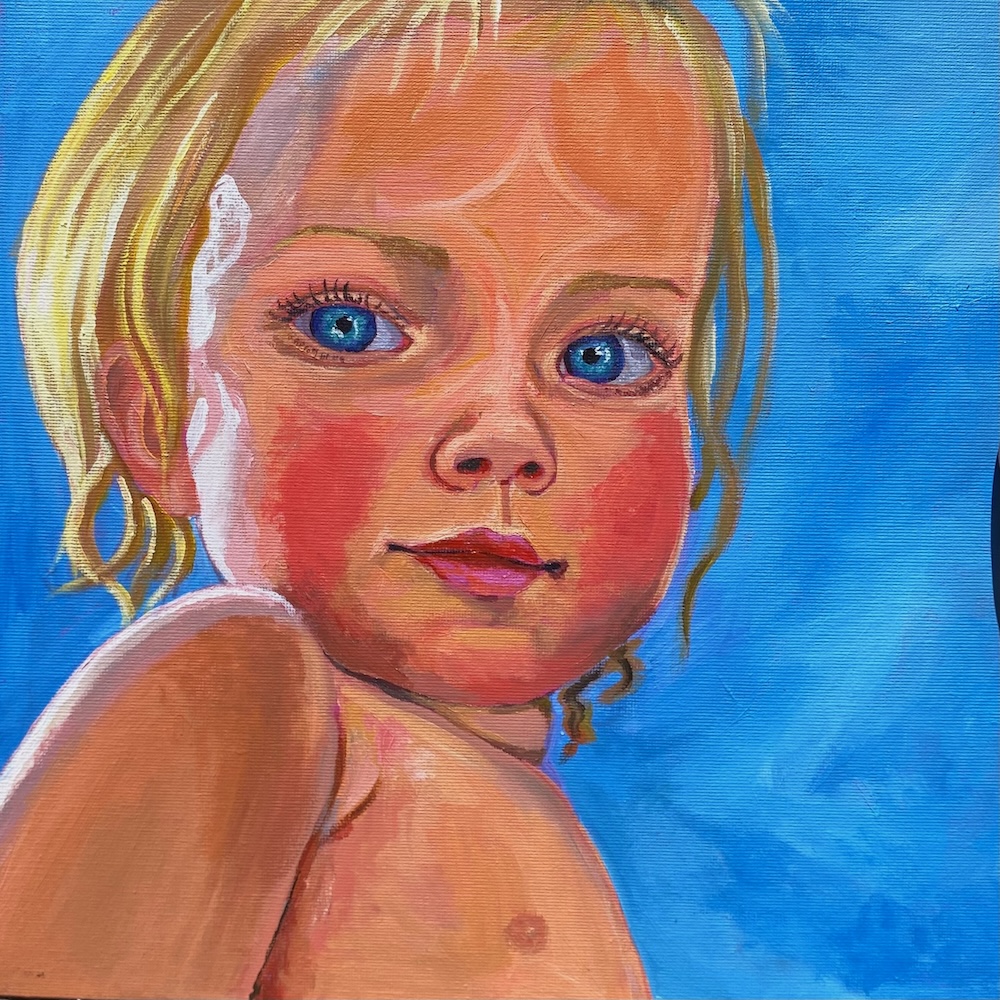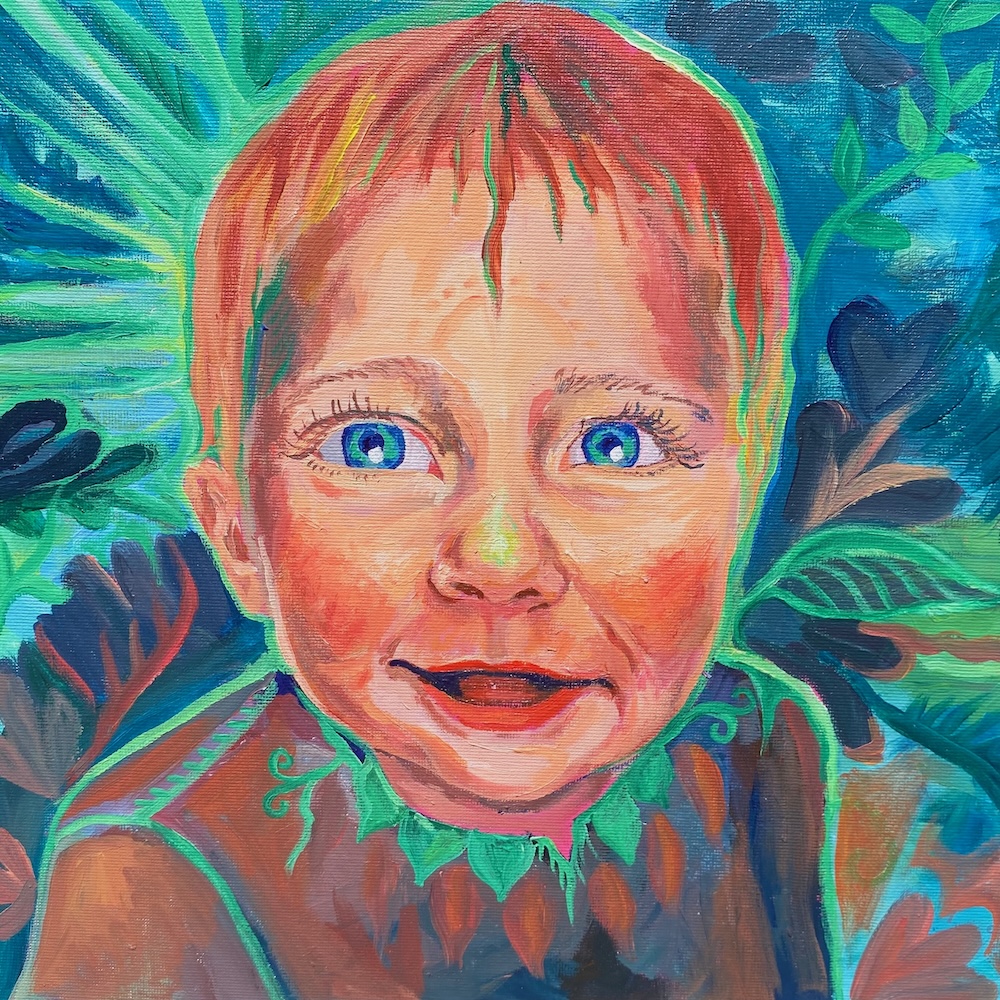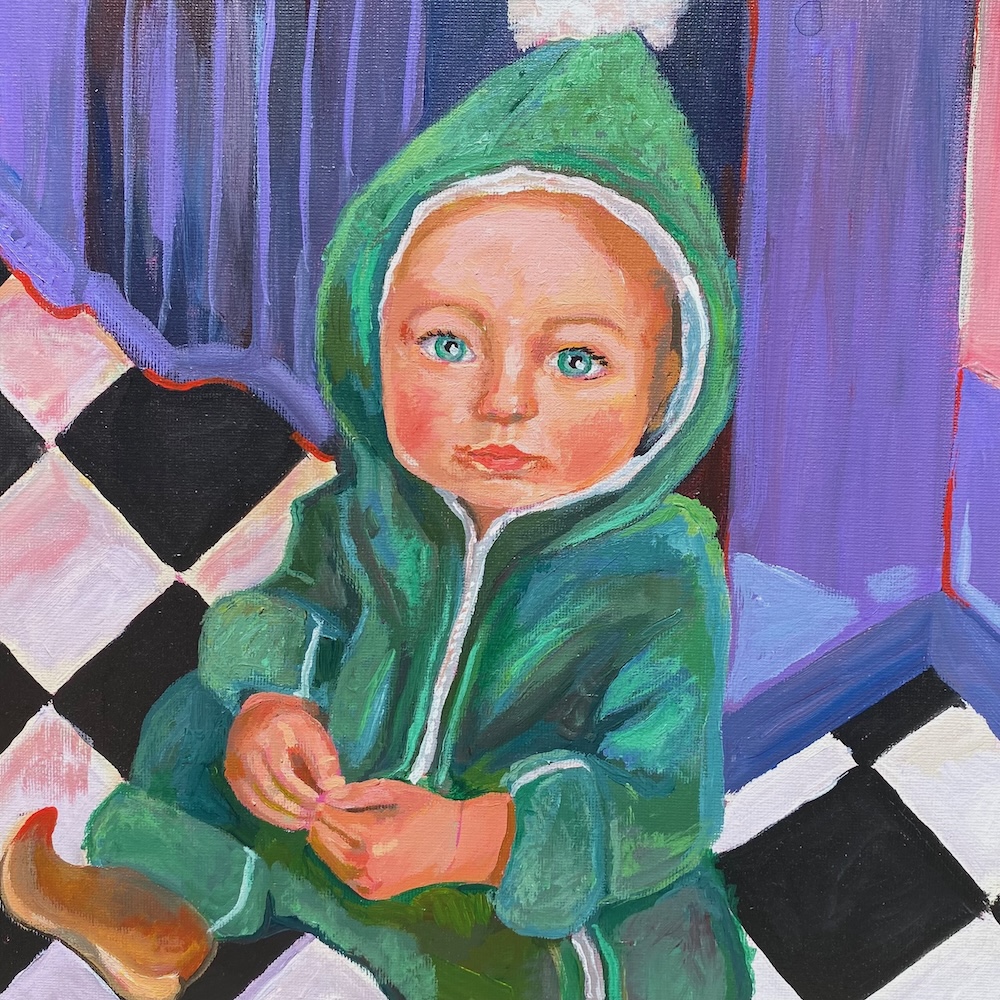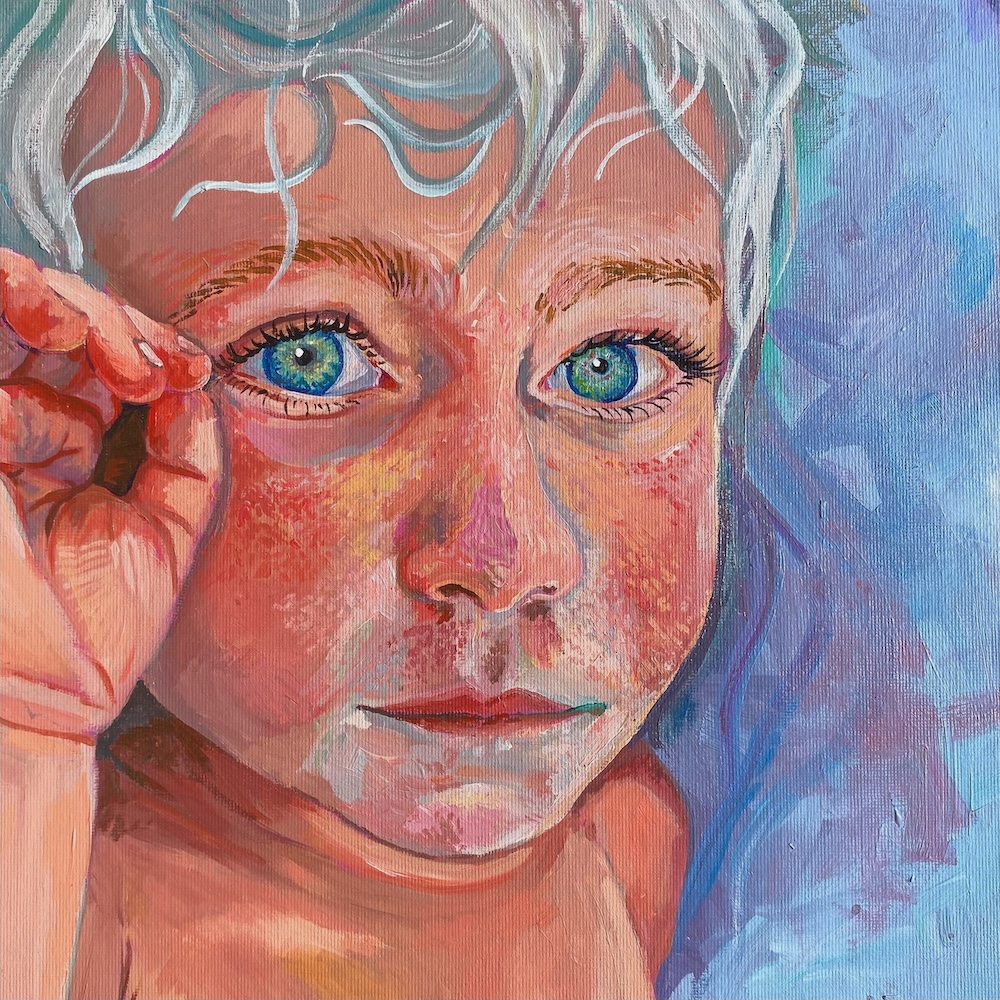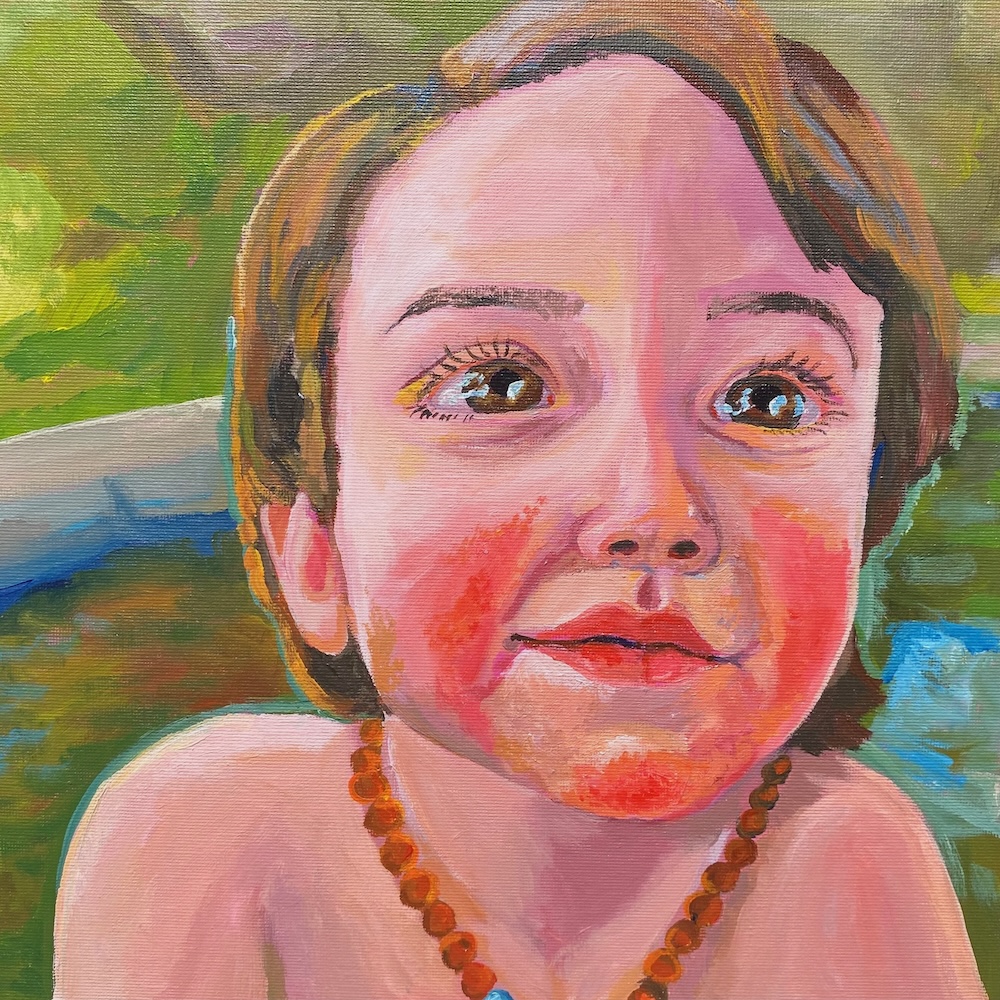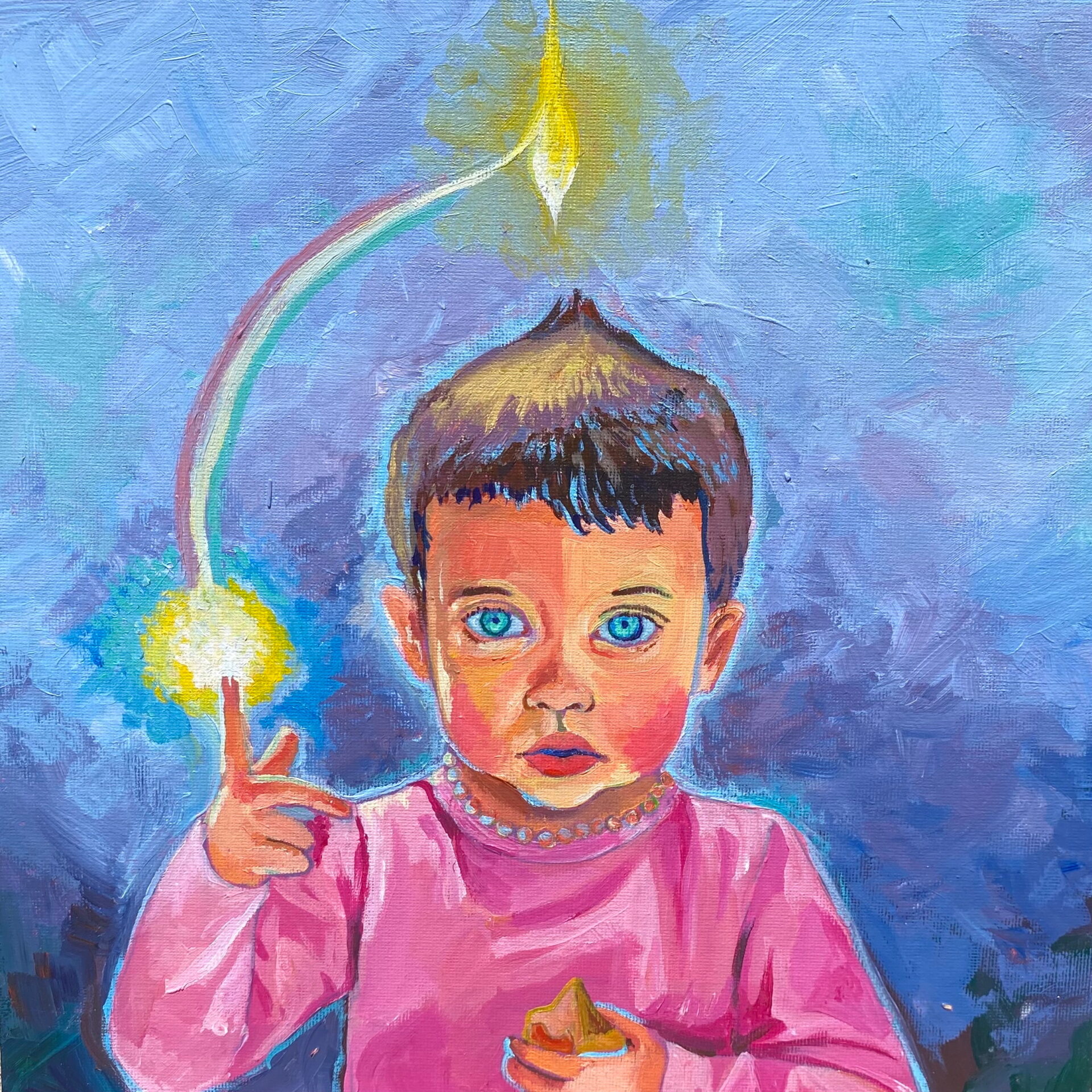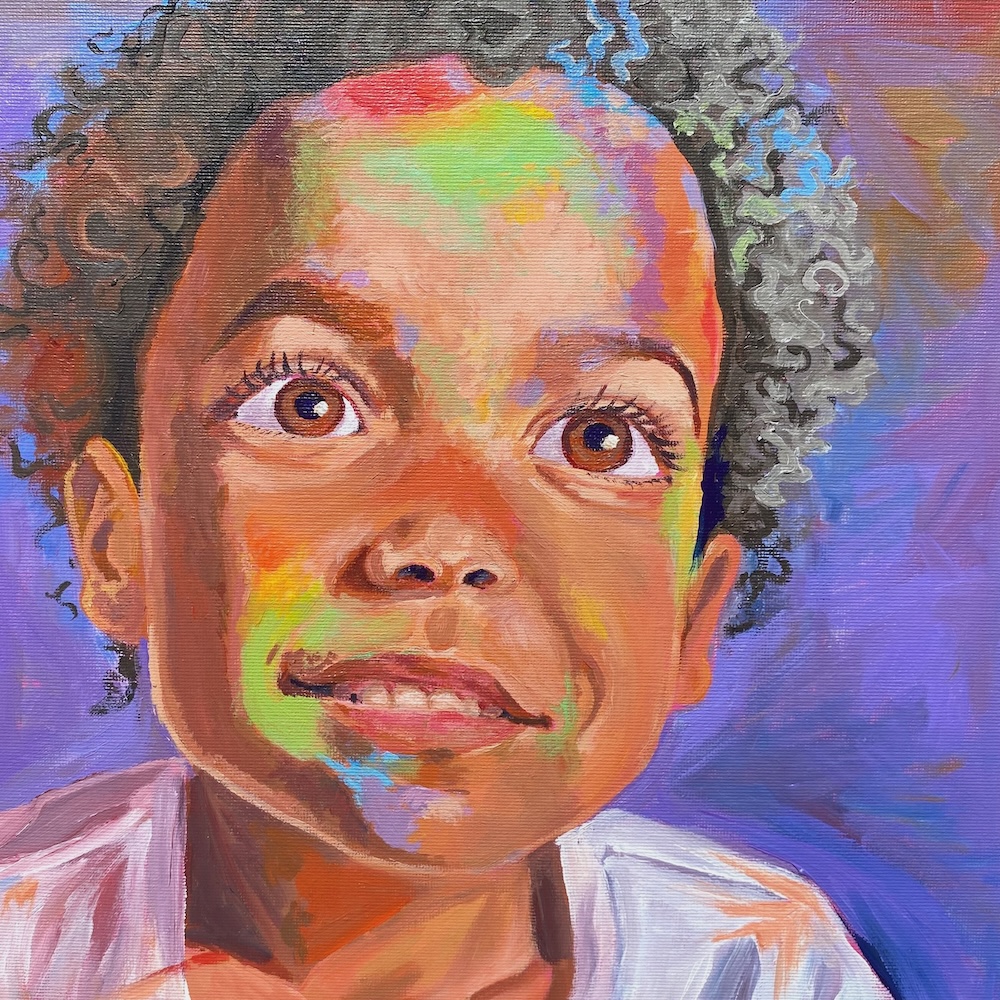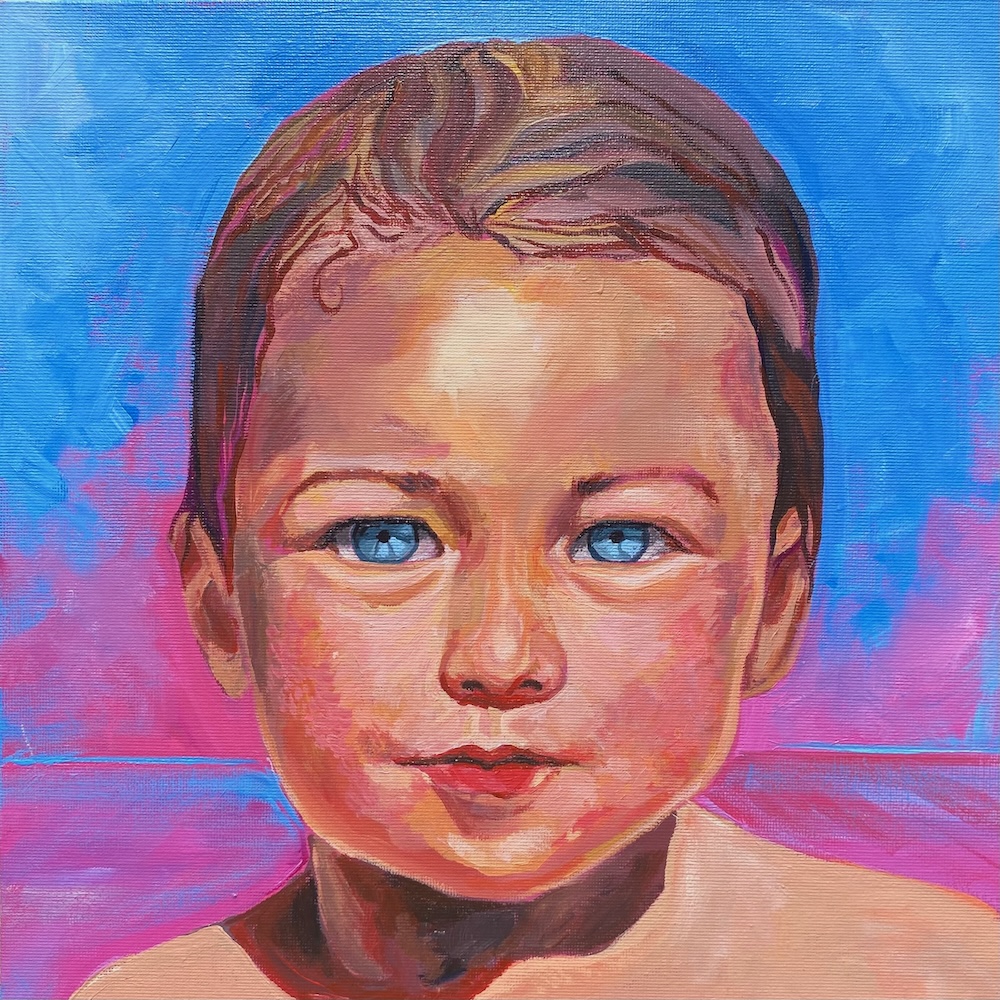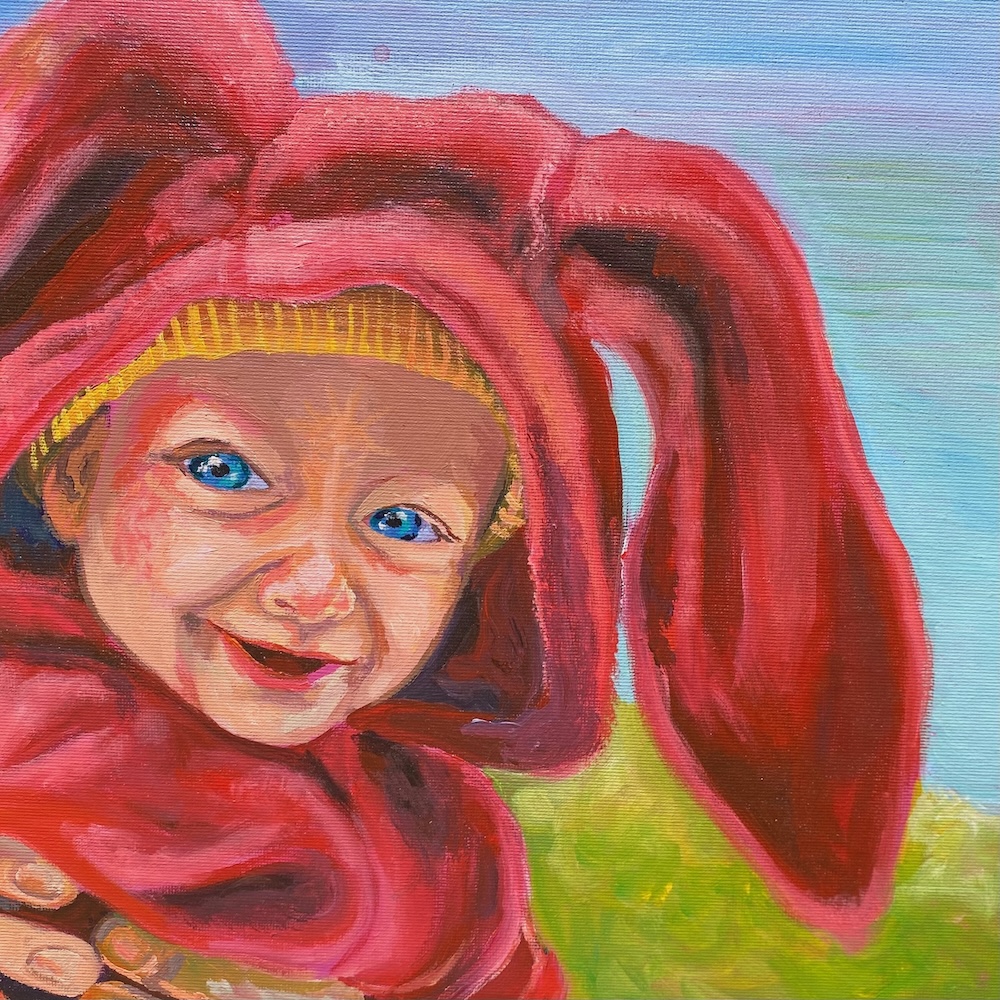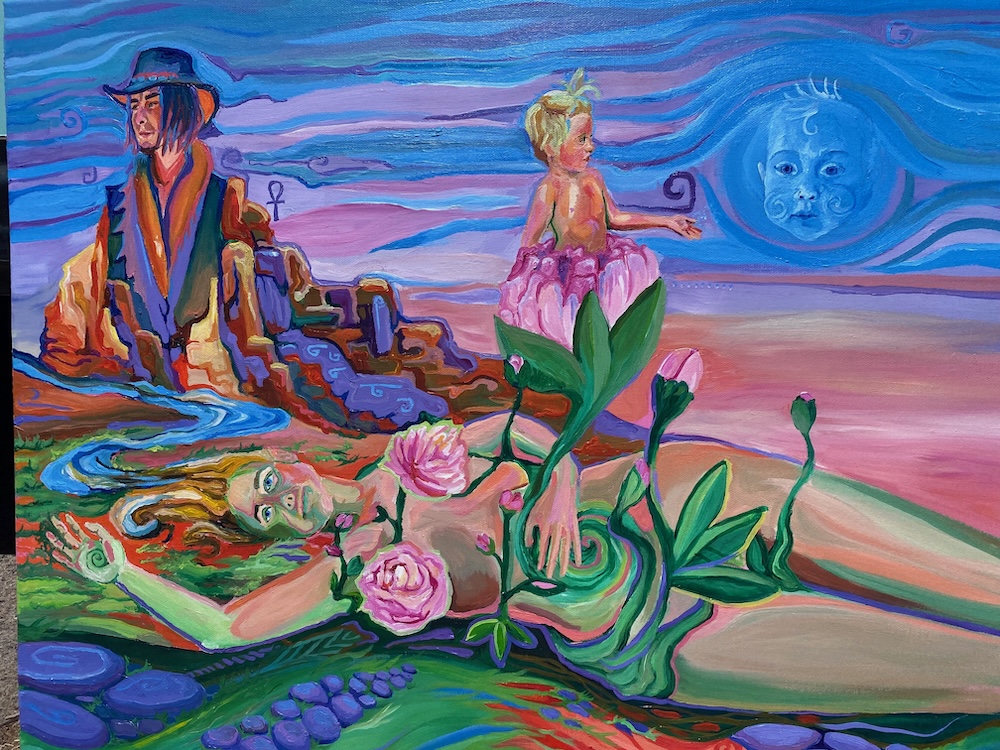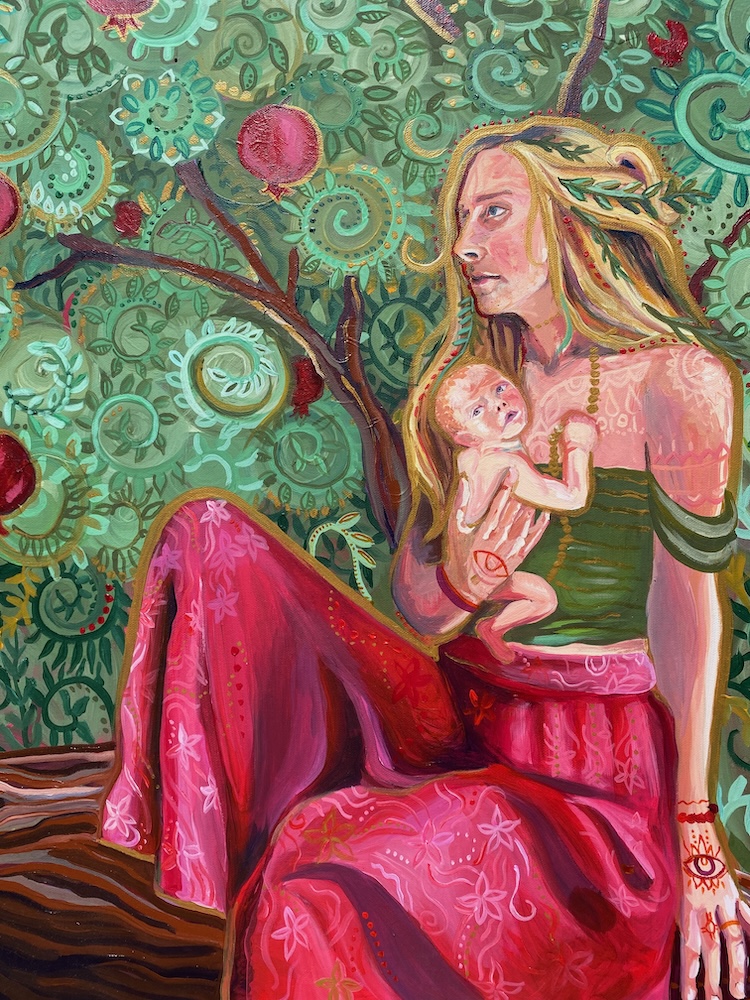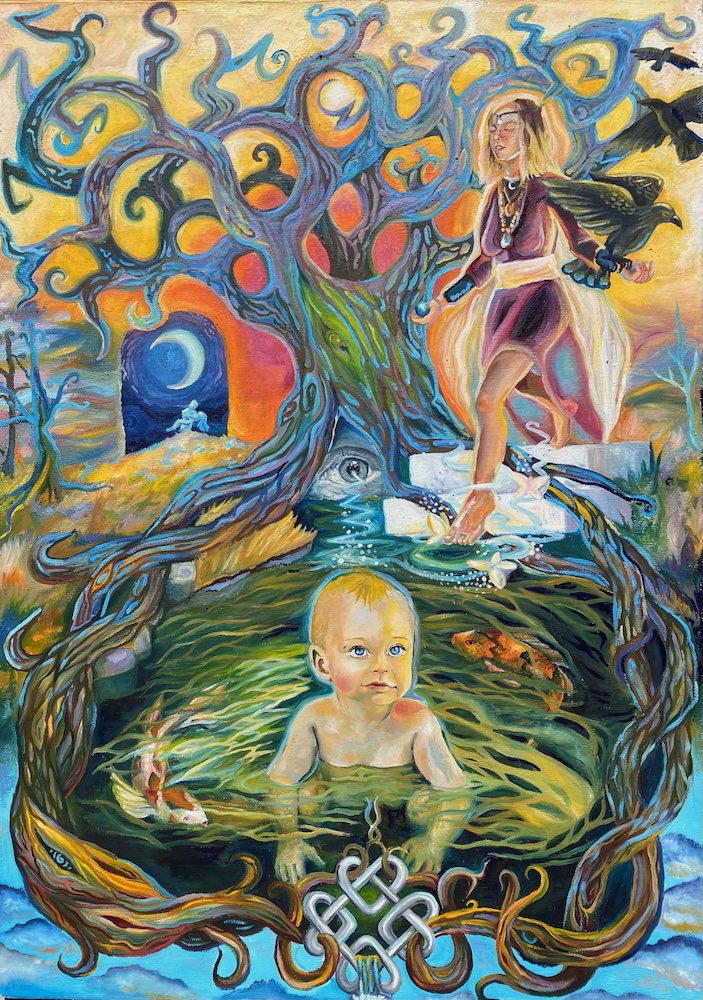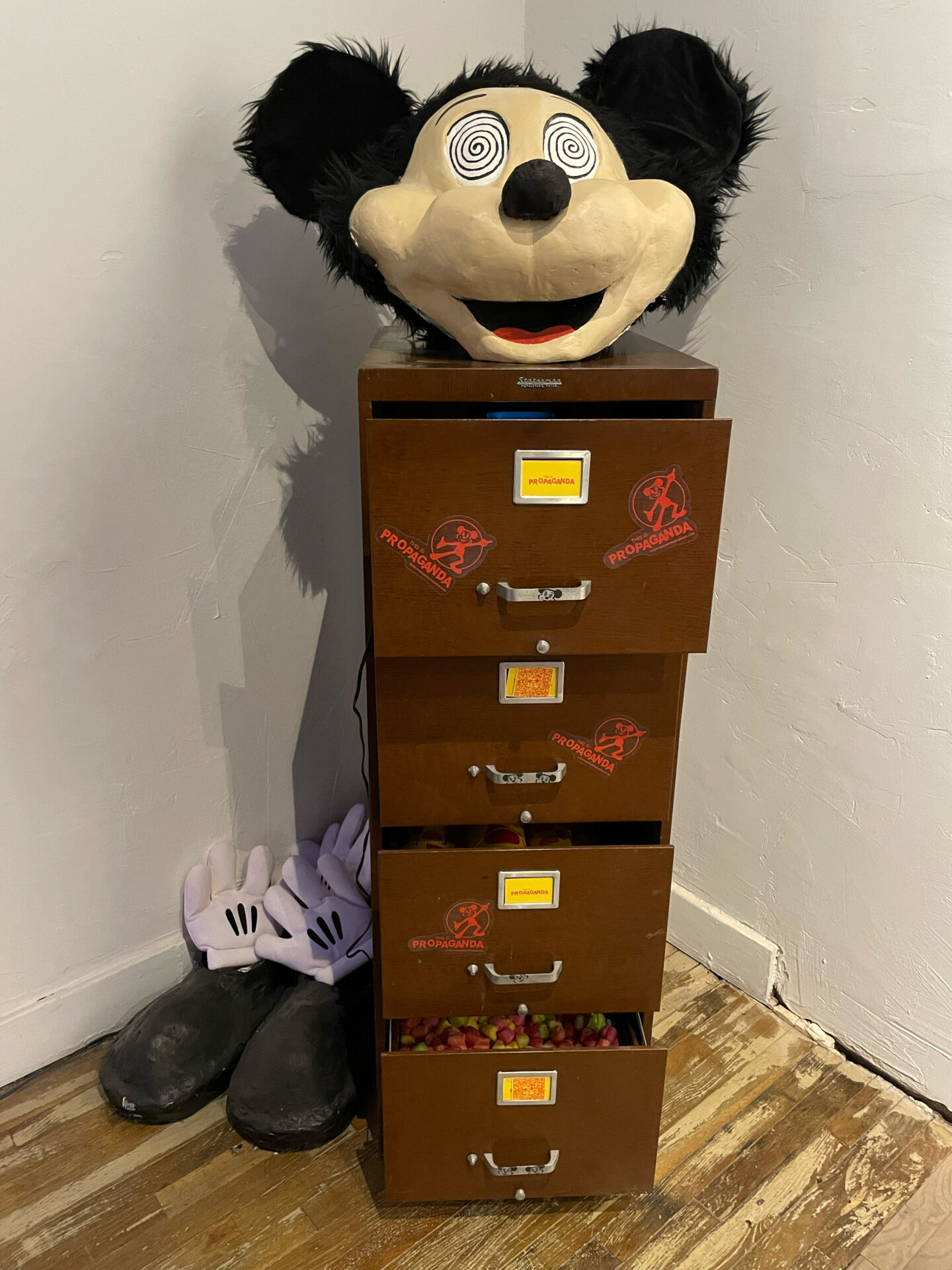THE PSYCHEDELIC SHOW
Pat Foley & Nina Lott
As psychedelics gain cultural acceptance and renewed clinical interest, psychedelic art is experiencing a powerful resurgence. Once confined to the fringes of counterculture, its vibrant, surreal, and often spiritually charged visuals are now embraced as a means of expressing the inner landscapes unlocked by these substances. In an era increasingly open to exploring consciousness, healing trauma, and expanding perception, psychedelic art serves as both reflection and guide—a vital aesthetic for a society rethinking its relationship to the mind.
Pat Foley
Pat Foley’s contemporary blotter acid art carries forward the legacy of the psychedelic underground at the same time evolving into a sophisticated form of visual storytelling. No longer just a covert delivery system, today’s blotter designs blend sacred symbols, pop culture, and visionary aesthetics to reflect a culture more openly engaging with altered states. As psychedelics move from taboo to therapeutic, these miniature canvases serve both as nostalgic artifacts and contemporary talismans—celebrating the trip not just as a chemical experience, but as an artistic, spiritual, and communal one. Each sheet becomes a kind of psychedelic iconography: portable, collectible, and charged with intention.
Foley’s psychedelic sculpture is a powerful, tactile expression of expanded consciousness. Unlike flat visuals, these works distort space itself—melting icons, warping proportions, and turning familiar figures, like a dripping Mickey Mouse, into surreal relics of a culture in flux. The pedestal becomes unstable, the sacred made strange. In this altered form, sculpture doesn’t just reflect a psychedelic state—it invites viewers to physically navigate it, to question solidity, identity, and meaning in a world where everything, even childhood symbols, can bend, ooze, and transform.
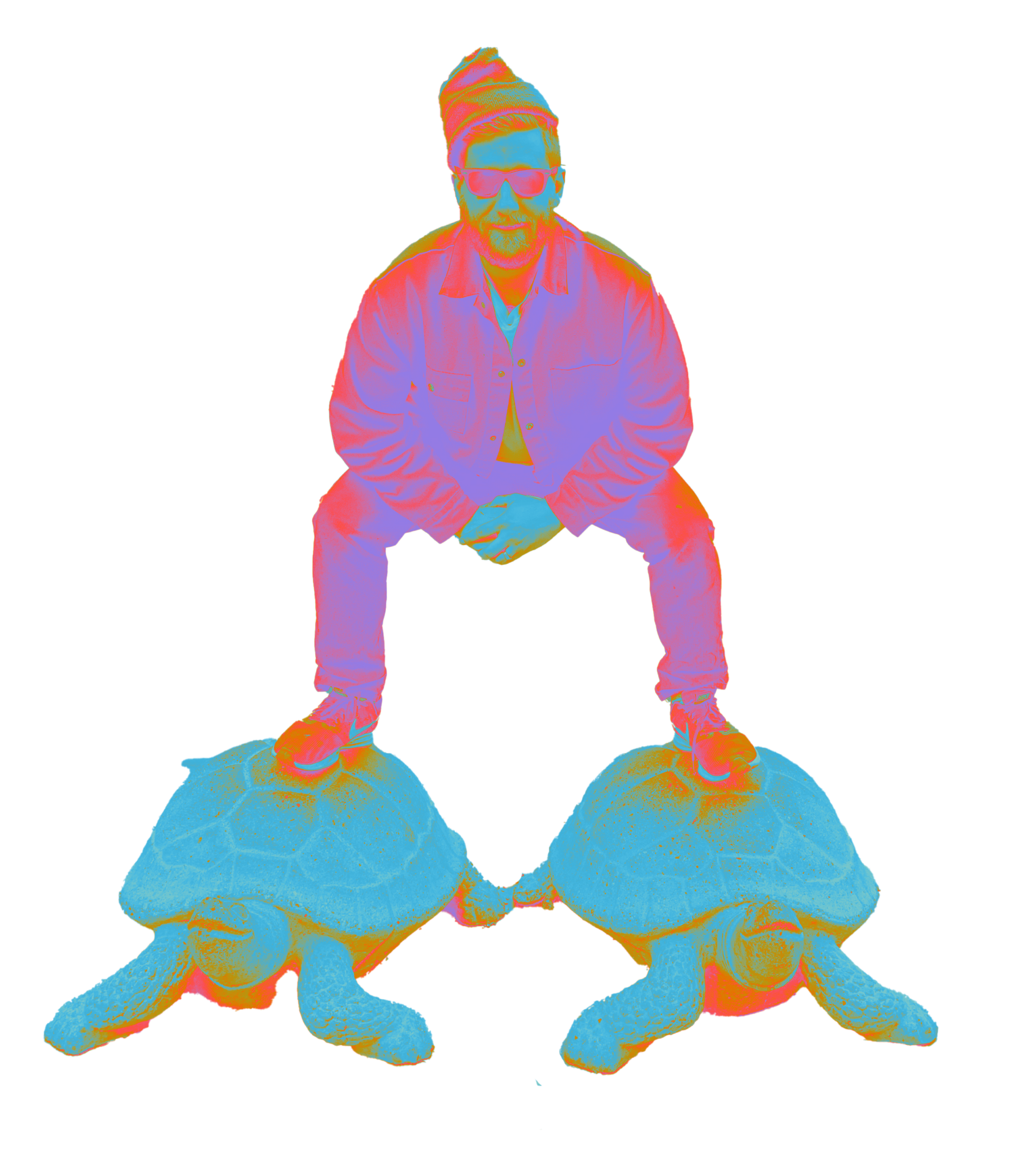
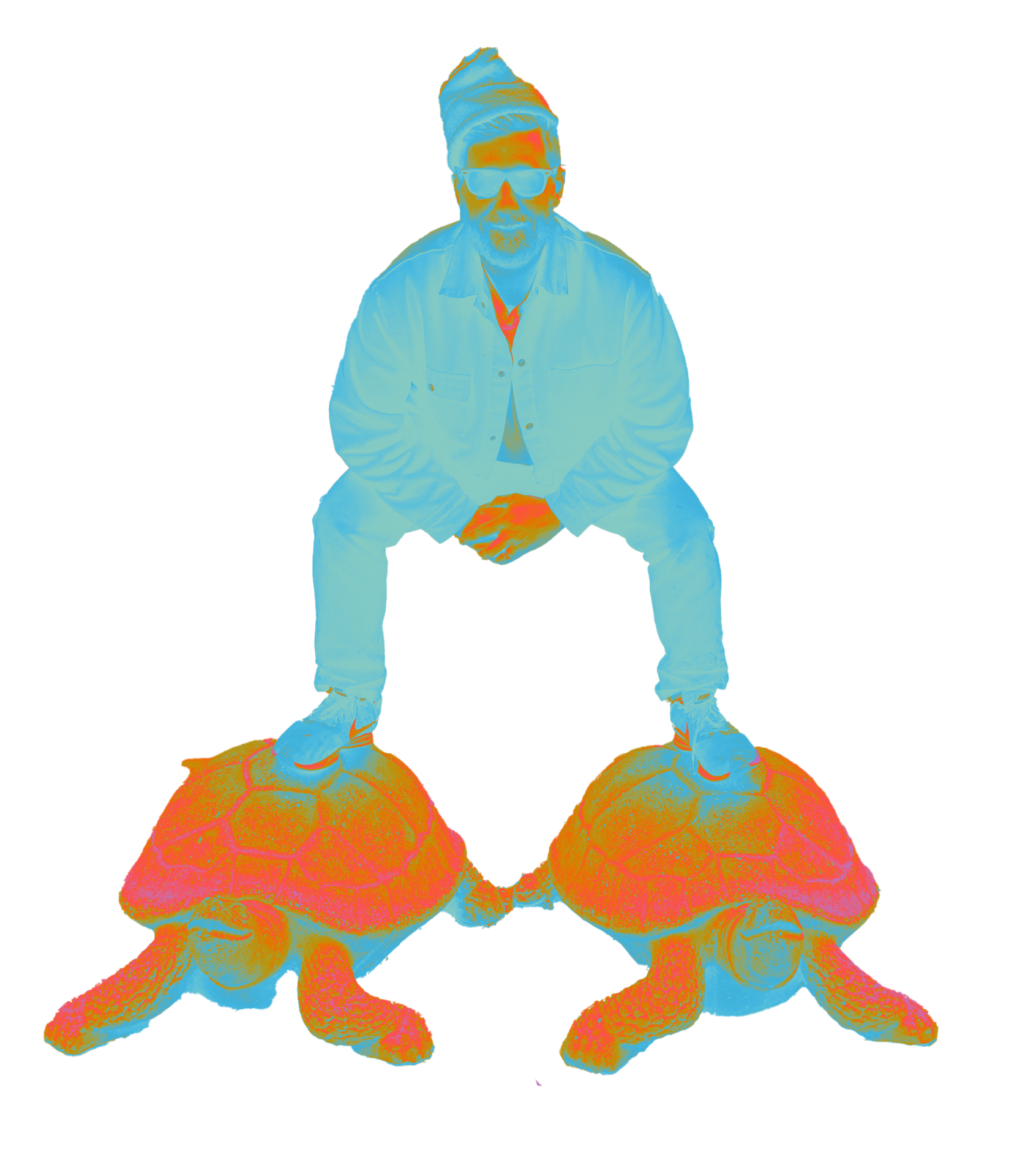
Nina Lott
Nina Lott’s psychedelic portraits of young children capture a profound intersection between innocence and expanded consciousness. Toddlers, still unshaped by societal norms and rational thought, move through the world with a raw, sensory openness that mirrors the psychedelic state. By rendering them in vibrant, surreal, and cosmic forms, she highlights the idea that young children aren’t just innocent—they’re deeply attuned to a primal, often mystical way of experiencing reality. In an era exploring altered states as tools for healing and insight, these portraits suggest that the clarity we seek through psychedelics may be a return to the wonder we once naturally held.
Her portraits of young families reimagine the nuclear unit as a fluid, cosmic bond rather than a fixed structure. Bathed in surreal color and symbolism, mother, father, and child become more than roles—they’re seen as fellow travelers in a shared journey of consciousness. These works elevate the family from a social institution to a living, evolving expression of love, perception, and transformation.
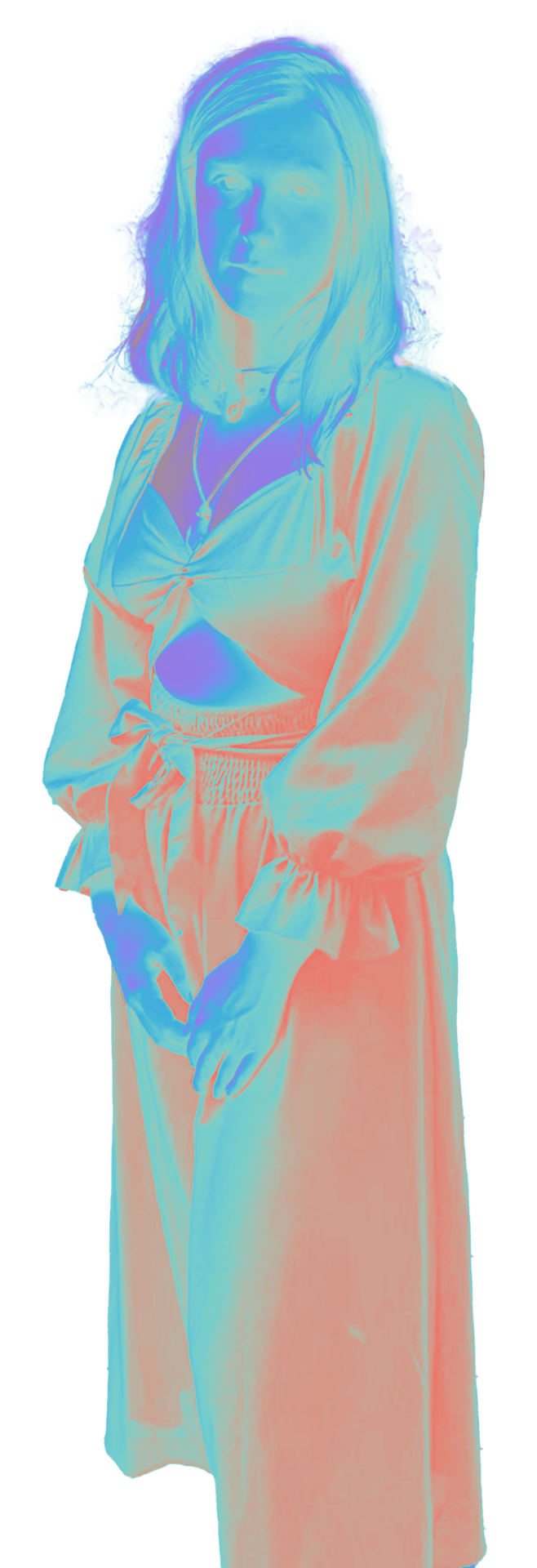
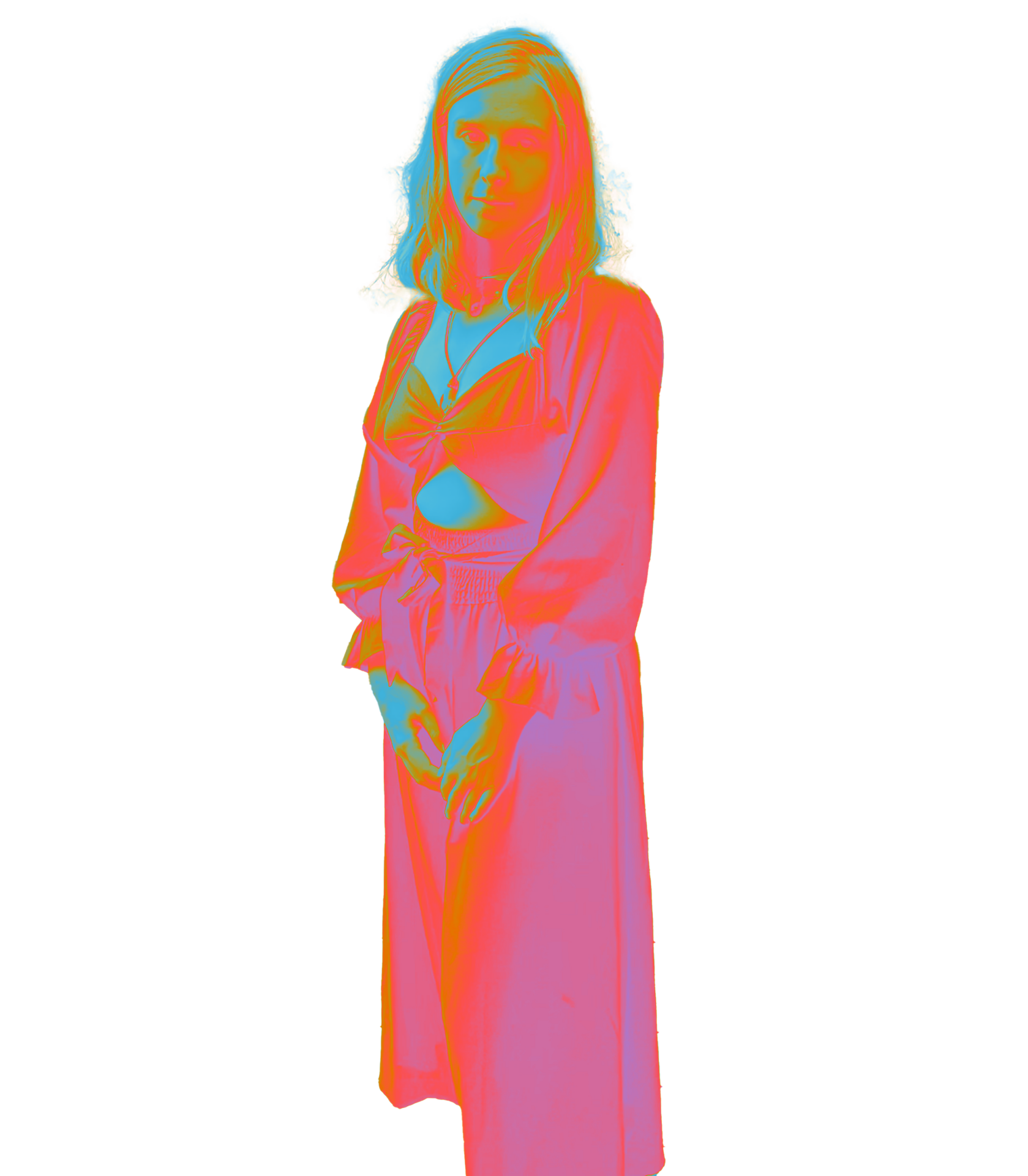
THE PROPAGANDISTS
Most of what we call “reality” is served through screens that manipulate us for someone else’s bottom line. That’s propaganda. It tricks us into thinking the present order is inescapable and it co-opts our resistance and cynicism to sell it back to us. This Is Propaganda exposes this machinery so we can step outside its grip. Psychedelia isn’t just escapism. It reveals the cracks within the story we live inside. We can still trade the propaganda lens for a different one. The future is still up for grabs—but only if we have the clarity to reach for it. Let’s get weird.
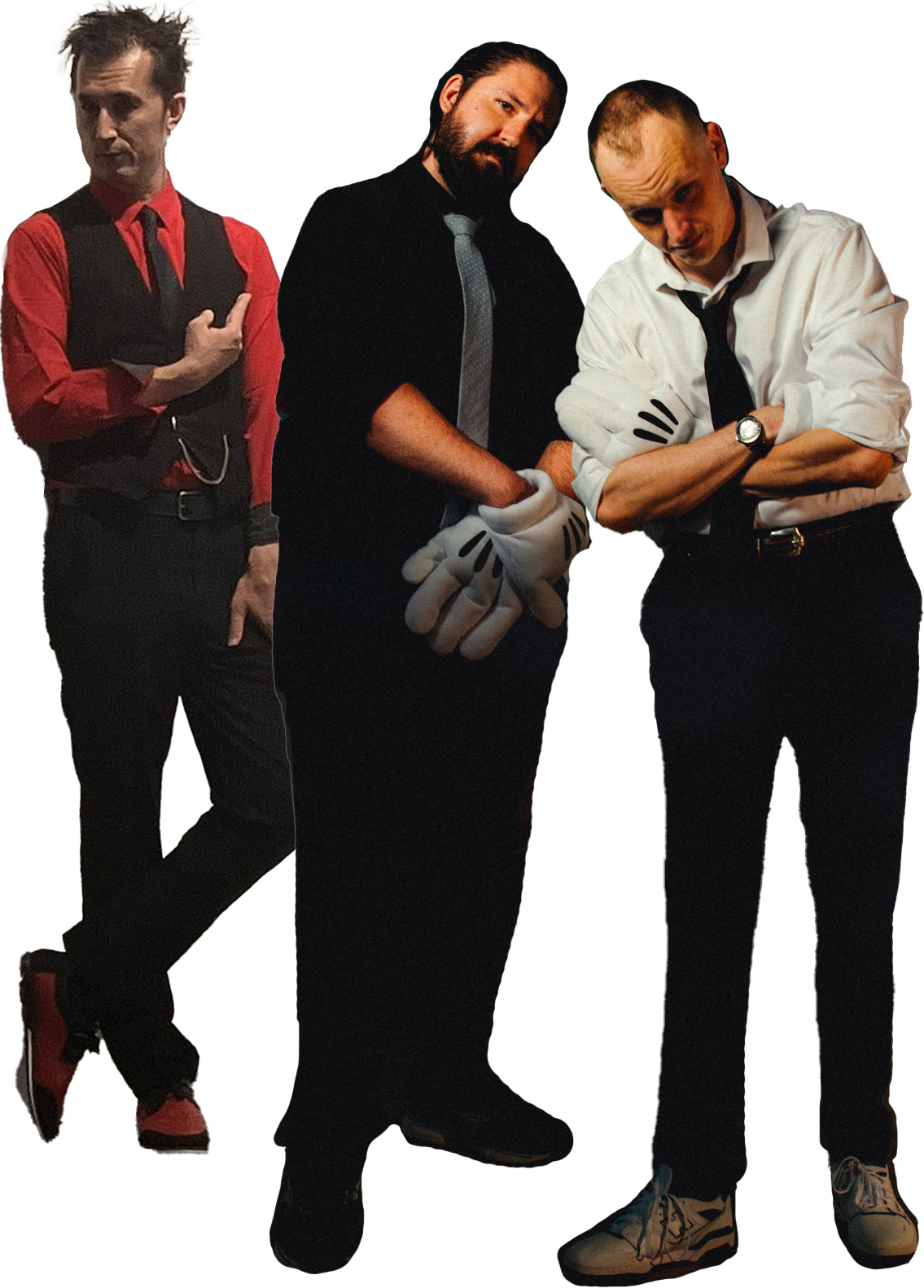

Curator Statement
